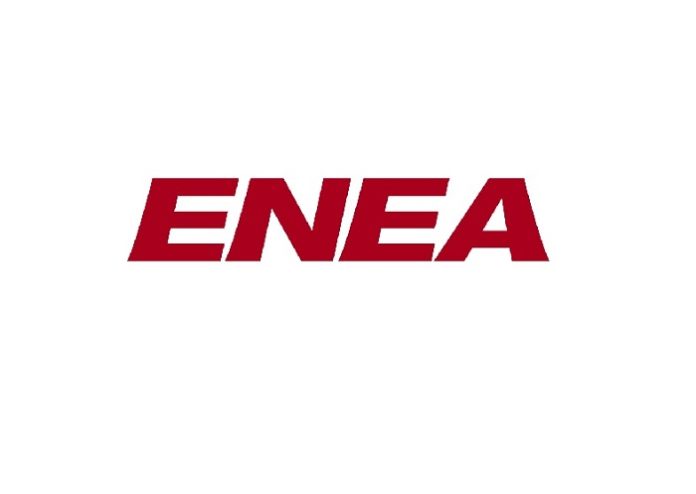Enea today announced that mobile operators deploying its virtualized subscriber data management solutions for the 5G core can cut hardware infrastructure’s total cost of ownership (TCO) by up to 50 percent. Mobile operators can achieve this thanks in part to the reduction in the number of servers needed to replicate data for synchronization across the network. In one large-scale customer assessment, the network provider will secure well over 50 percent of hardware savings over 3+ years.
Based on 3GPP guidelines, Enea’s network solutions, including its recently launched Virtualized Schema, enable operators to launch new 5G services such as network slicing faster. Operators can significantly reduce their hardware with virtual schema-based replication, meaning data can be stored once but accessed across multiple sites with sub-millisecond latency.
Furthermore, Enea’s 5G Core solutions control and manage how data is synchronized across the network. “Smart synchronization” enables servers to toggle between real-time/instant sync and eventual/batch sync modes. Frequently used data is automatically categorized and stored ready for access on different parts of the network – without the need for replication on hardware. This allows operators to limit the compute-intensive real-time mode to only the data required. Lastly, flexible capacity expansion means new cloud-native sites can be spun up to meet demand dynamically and torn down when not needed – so utilization is always optimized.
Enea solutions deliver more value to the bottom line, supporting network providers’ green initiatives for sustainability. Omdia predicts that 5G is on track to have 3.4 billion subscribers by 2025 globally. However, the downside of this growth is energy consumption and CO2 emissions from servers. According to BCG, the telecom industry currently produces twice the global CO2 emissions of civil aviation and 3-4 percent of the world’s total. With global data increasing, this contribution is forecast to grow to 14 percent of all CO2 emissions by 2040.
Roland Steiner, Senior Vice President for Telecoms, Enea said: “A growing number of forward-looking mobile operators are cutting their carbon footprint by reducing their network hardware. Both our subscriber data management and traffic management solutions are making a tangible difference, reducing the number of servers with no tradeoffs in performance. Going green and cutting TCO also means operators can price their services competitively and that puts them in prime position to go after the notoriously price-sensitive IoT sector.”
Sue Rudd, Director, Strategy Analytics said: “We welcome green initiatives in 5G. Our research earlier this year found that subscribers want to use mobile service providers that are ‘earth-friendly. Operators like Deutsche Telekom, Orange, Telefónica, and Vodafone have all taken serious steps to cut emissions and leverage virtualization to reduce hardware TCO.”








